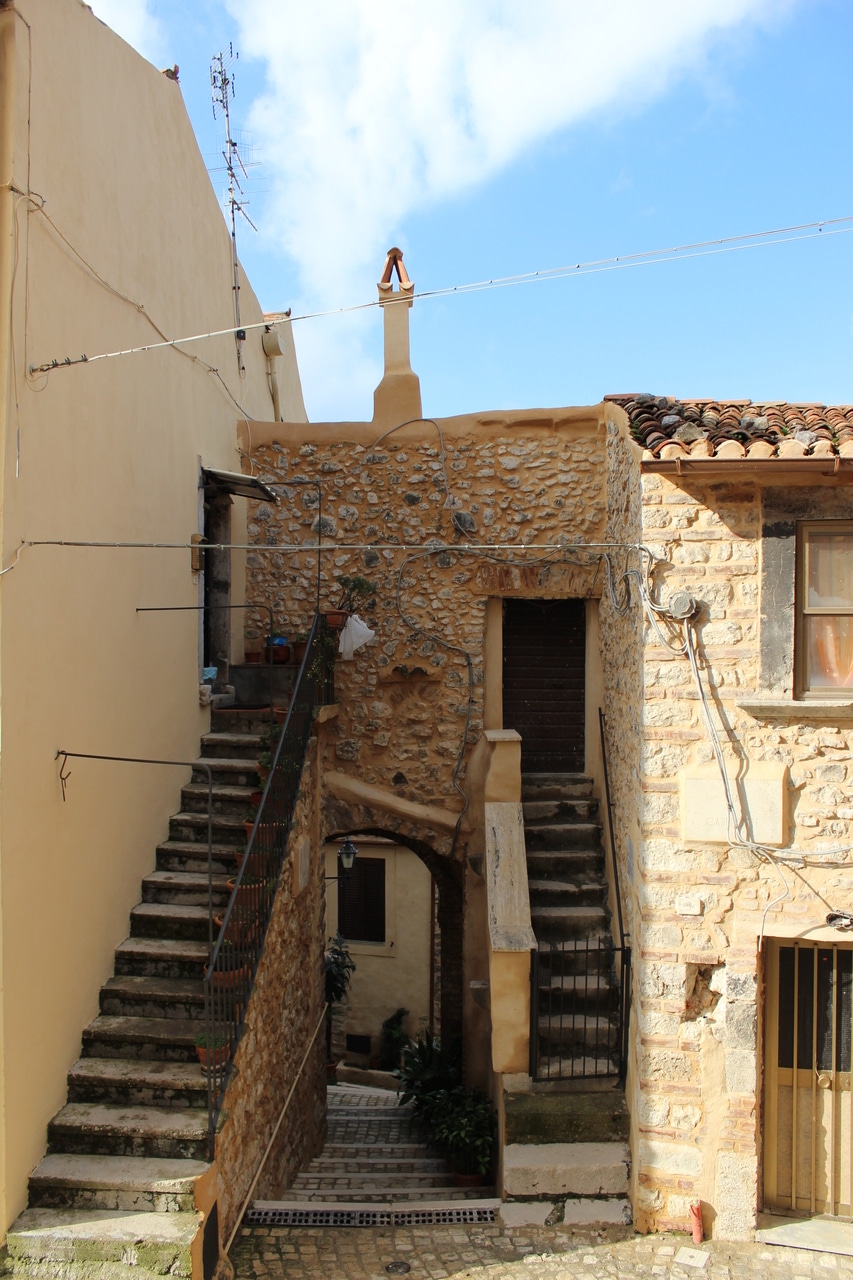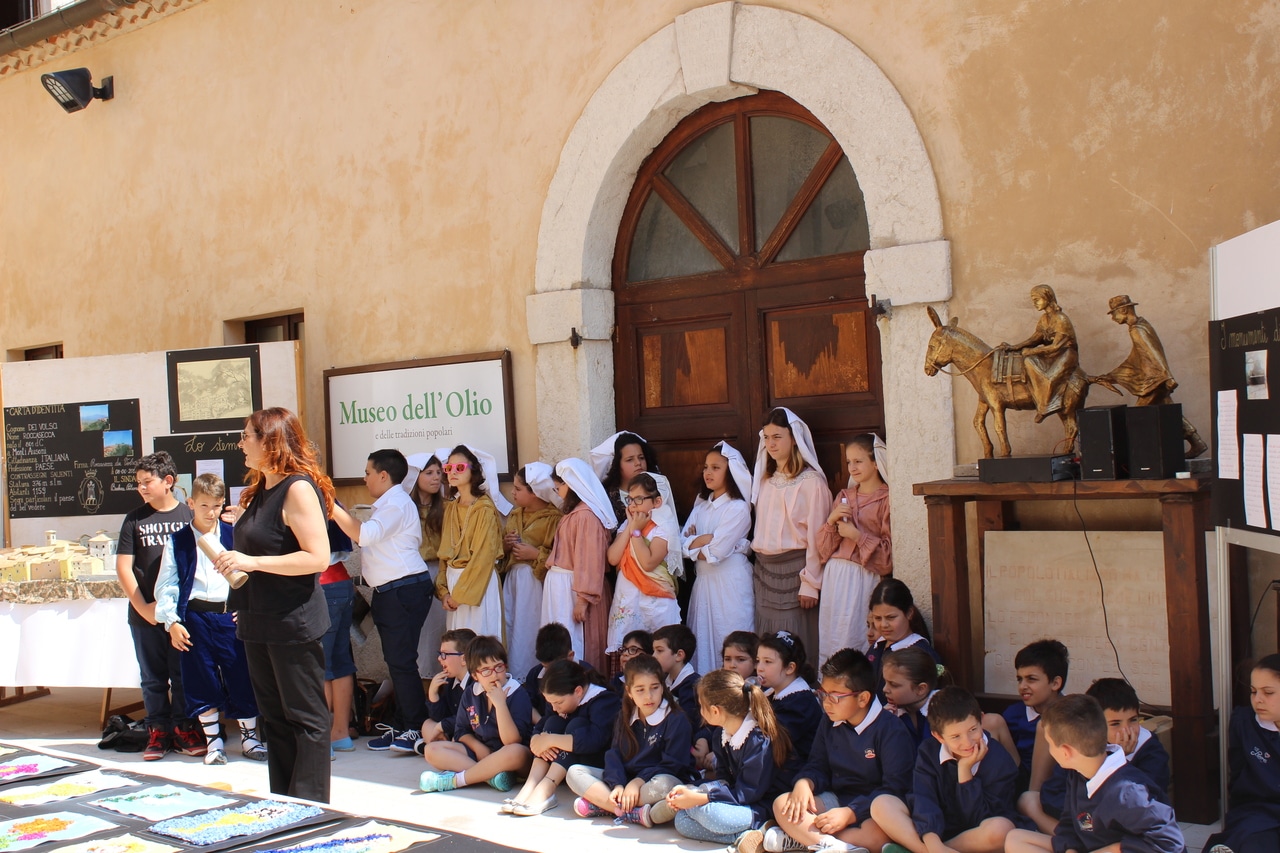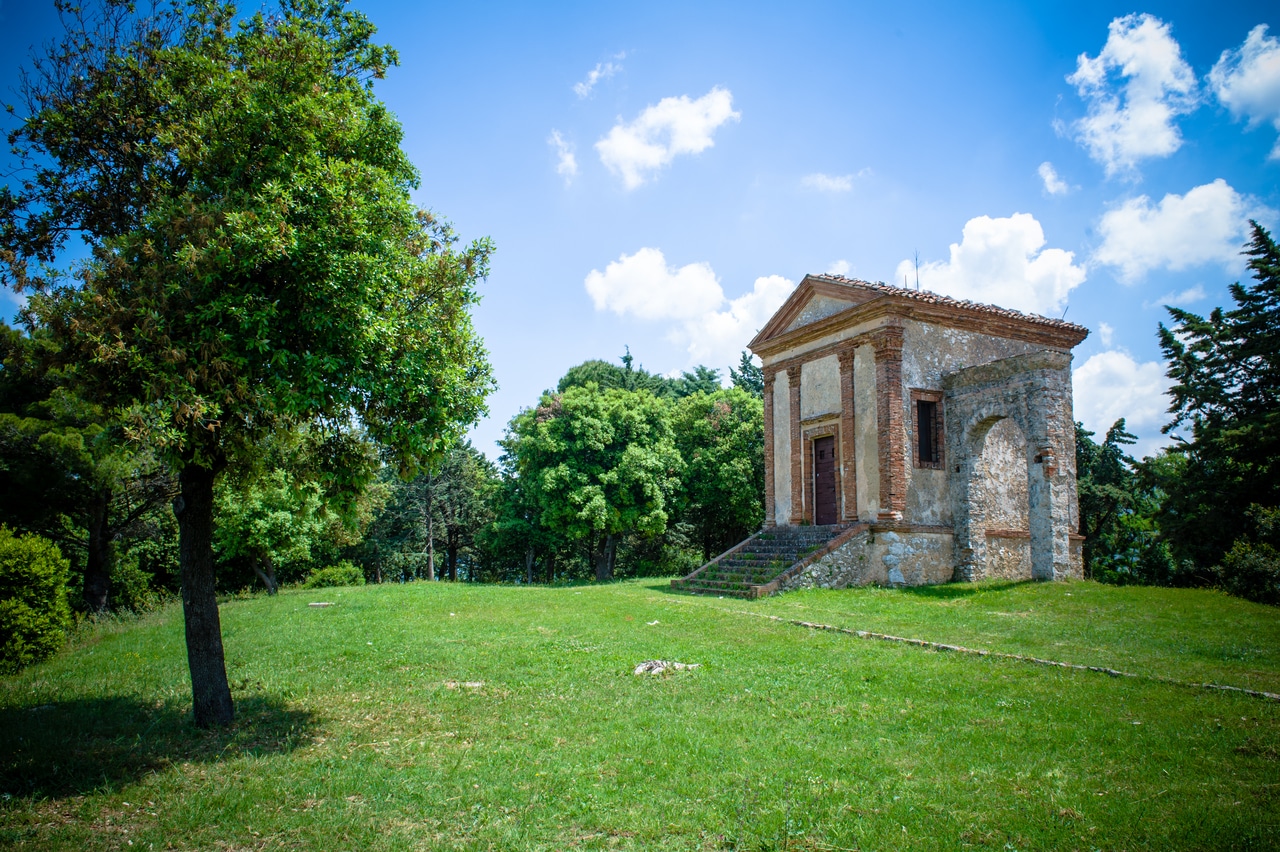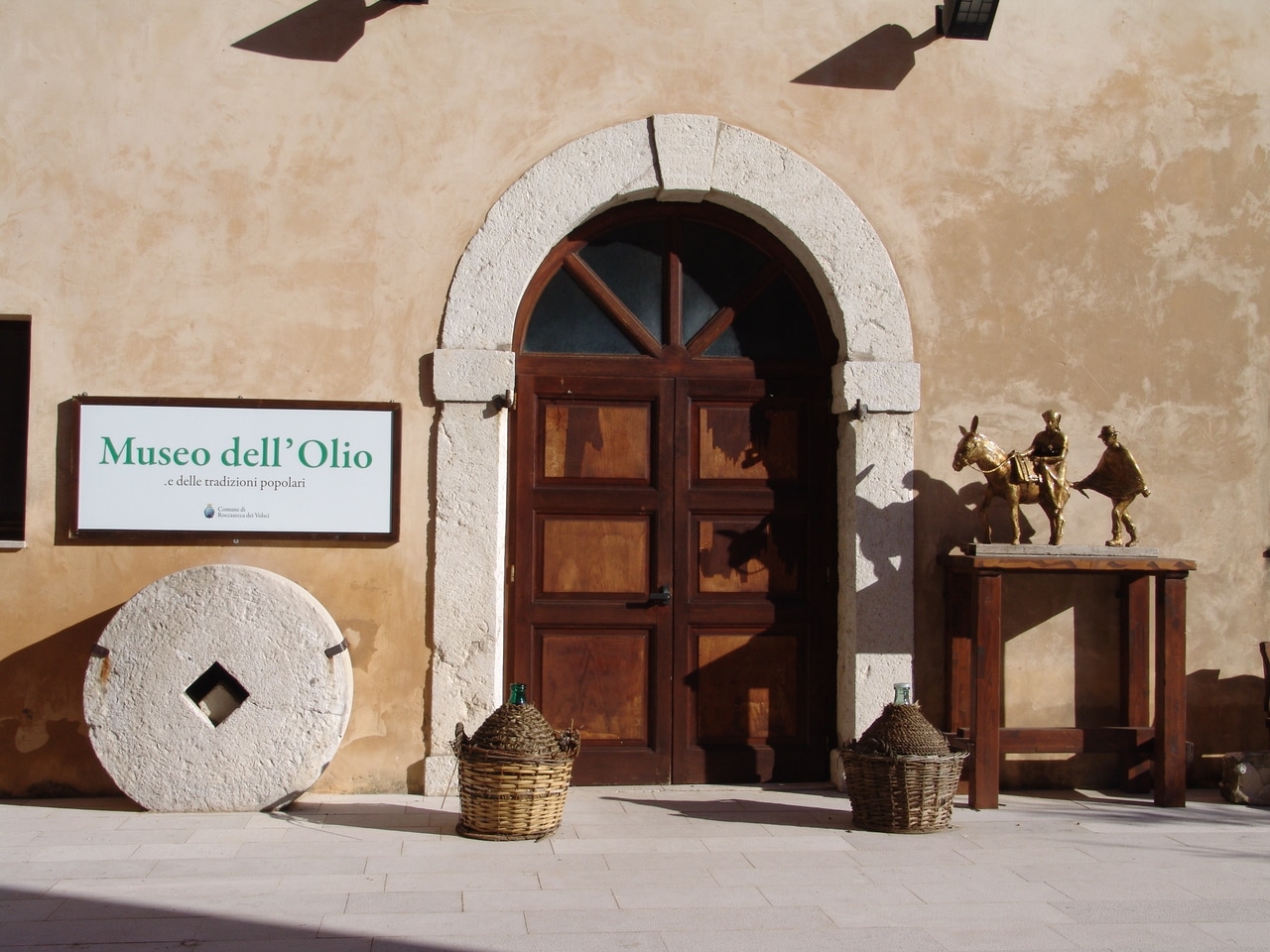Roccasecca dei Volsci rises imposingly on the spur of Mount Curio, dominating the valley of the Amaseno River that flows below. This charming hamlet, surrounded to the east by Monte Alto (821 m.), to the south by Monte Curio (616 m.), to the west by Serre (711 m.) and to the north by the Amaseno Valley, offers panoramic views surrounded by greenery.
The territory around Roccasecca dei Volsci is a true oasis of biodiversity, with lush forests and lush pastures. Typical local tree species include holm oak, chestnut, hornbeam, and elm.
Its privileged geographical location also contributes to the production of delicious local food products, including oil, olives and cheese. Goat and lamb farming further enriches the culinary diversity of Roccasecca dei Volsci.
Founded in the 9th century by survivors from nearby Priverno, the history of Roccasecca dei Volsci has seen the passage of ownership among many important noble families. During the 12th and 13th centuries, it was owned by the Ceccano family, later passed to Ildebrando Conti and his successors; and finally ended up in the hands of the Carafa, Massimo and Gabrielli families. Since 1872, the village has assumed its current name in honor of the ancient Volsci, an Italic population that inhabited the region before the Roman conquest.
The splendid historic center of Roccasecca dei Volsci retains its medieval charm intact, with narrow streets that wind in concentric circles until they reach Piazza Umberto I, the beating heart of the town, where the church of Santa Maria Assunta and the Baronial Castle, also known as Palazzo Massimo, face each other.
The small temple of San Raffaele, located at the top of the village, is an architectural masterpiece in the classical style, adorned with frescoes attributed to the school of Domenichino. The outlying areas also have their attractions, including the church of S.Croce, the Devil's Duct, and the 16th-17th-century temple of Santa Maria della Pace.
The Tempietto della Madonna della Pace, located at the foot of the hill of Roccasecca and hidden among olive and fruit trees, is a striking monument of the Bramante style, built in 1661 and characterized by the red color of the bricks and the moisture-stained plaster.
Finally, we cannot forget the Tempietto di San Raffaele, a 17th-century jewel located at the highest point of the hill of Roccasecca dei Volsci, erected in 1659 by Cardinal Camillo II Massimo. The structure stands out for its neoclassical elegance and ancient flavor.






